Best Hamster Care Guide for Children
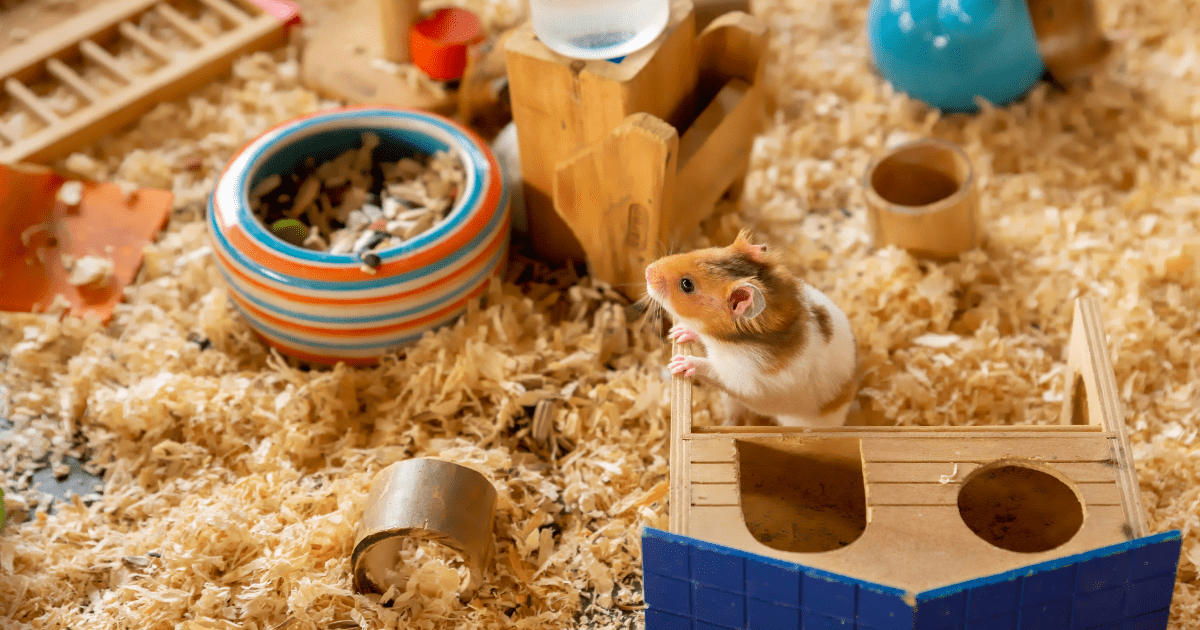
Introduction:
Are you ready to introduce your child to the wonderful world of hamsters? If so, you’re in the right place! Hamsters are one of the most beloved and manageable pets for children, making them the perfect first companion. But before your little one gets to experience the joys of having a furry friend, it’s important to learn the basics of hamster care. From setting up the hamster’s first home to ensuring they stay healthy and happy, this Hamster Care Guide for Children will walk you through everything you need to know. Whether you’re a parent or a teacher, this guide will help you create a safe and fun environment for your child and their new hamster friend.
Why Hamsters Make the Perfect First Pet: A Hamster Care Guide for Children
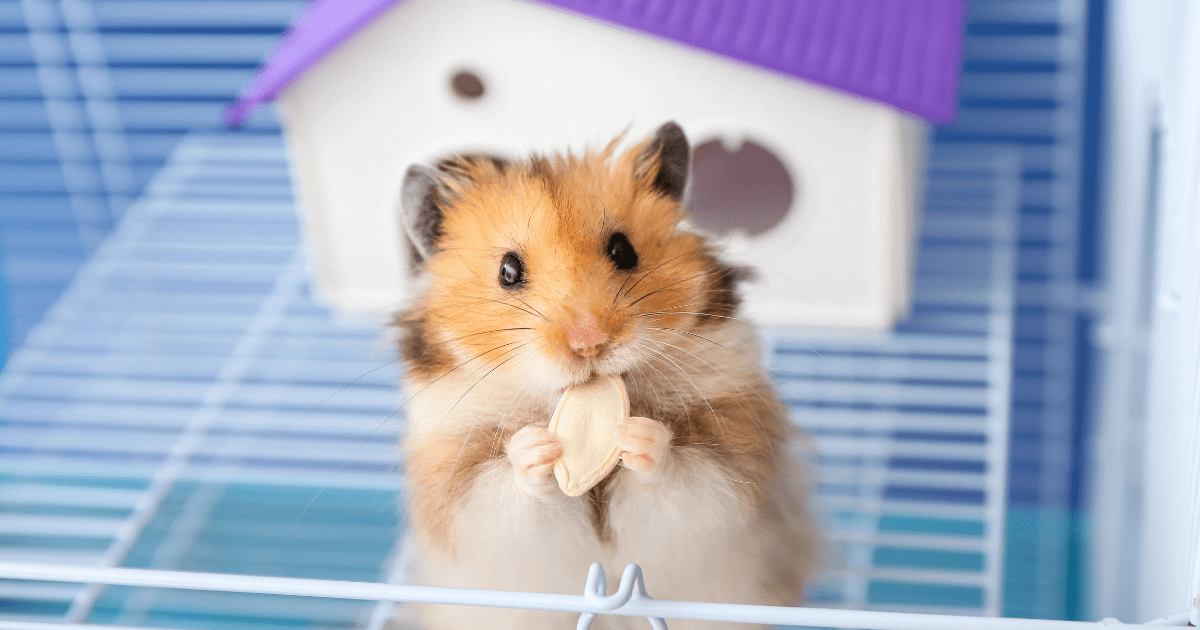
Hamsters are small, adorable, and incredibly low-maintenance, which makes them an excellent choice for kids looking for their first pet. If you’re wondering why a hamster might be the perfect addition to your child’s life, here’s why!
1. Low Maintenance and Affordable: Unlike larger pets like dogs or cats, hamsters require minimal daily care. Their small size means their food and bedding are inexpensive, and they don’t require constant attention. This makes them the perfect first pet for young children. Kids can easily learn the responsibility of feeding and cleaning their hamster with a bit of guidance, which fosters a sense of independence and responsibility.
2. Safe and Easy to Handle: Hamsters are generally calm creatures, and many are perfectly content to be handled by children. Of course, they have their limits, but with gentle care and respect for their space, they can be delightful companions. As long as children are taught to hold their hamsters carefully and respect their needs, hamsters can form a wonderful bond with their young owners.
3. Educational Benefits: A hamster provides an excellent opportunity for children to learn about the natural world. From understanding how hamsters live in the wild to learning the proper ways to care for them, children can gain valuable knowledge about responsibility, biology, and animal behavior.
4. Fun and Entertaining: Hamsters are full of personality! They enjoy running in their wheels, hiding in tunnels, and exploring their environment. Watching a hamster be active and playful can be both entertaining and educational for kids. They’ll love observing their pet’s habits and quirky behavior!
Essential Supplies You’ll Need: The Ultimate Hamster Care Guide for Children
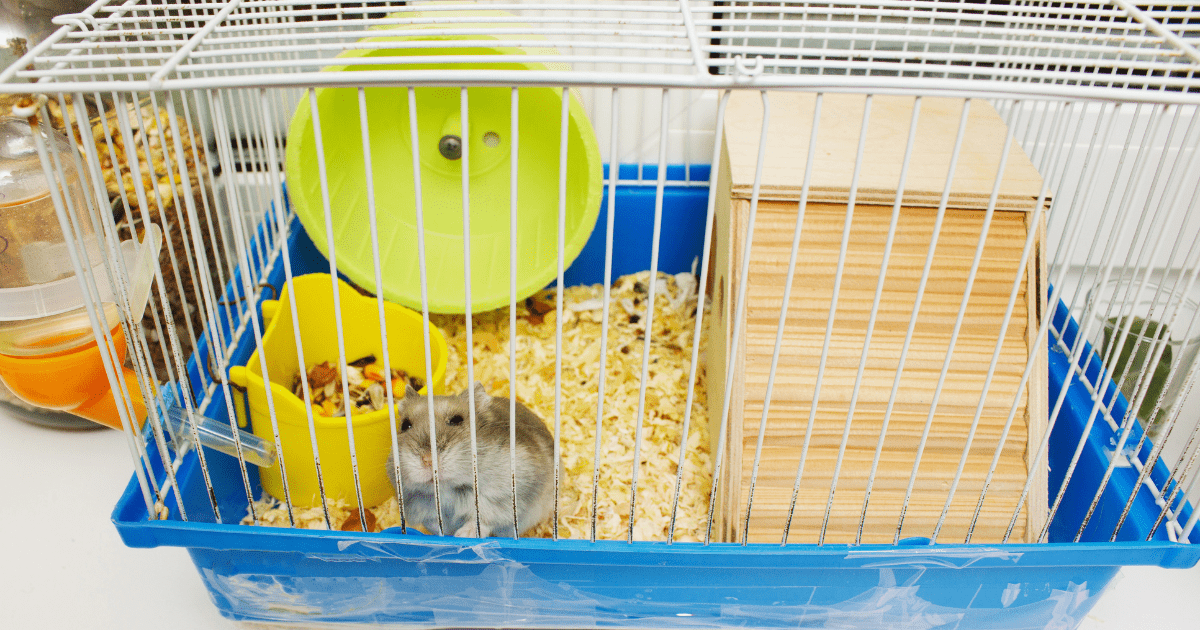
Before you bring your new hamster home, you need to ensure you have all the right supplies. Setting up a hamster’s home requires more than just a cage. Here’s a Hamster Care Guide for Children to help you gather everything you need:
1. A Safe and Spacious Cage: Hamsters need plenty of space to roam and explore. While it might be tempting to purchase a small cage to save space, it’s important to remember that hamsters are very active animals. They need room to run on their wheel, burrow, and store food. The recommended cage size for one hamster is at least 450 square inches of floor space.
2. Bedding and Lining: Hamsters love to burrow, so providing them with a soft, absorbent bedding material is essential. Aspen wood shavings, paper-based bedding, or hemp bedding are great choices. Avoid using cedar or pine shavings, as they can cause respiratory issues in hamsters.
3. Water Bottle: A clean water bottle with a sipper tube is the best way to ensure your hamster always has access to fresh water. Make sure to check the water bottle regularly to ensure it’s working properly and refilled.
4. Hamster Wheel: An exercise wheel is essential for your hamster to stay healthy and active. Hamsters need to run and exercise, so providing them with a safe, squeak-free wheel is a must. Make sure the wheel is the right size for your hamster – it should be large enough to allow them to run without arching their back.
5. Food and Treats: Your hamster will need a nutritious diet to stay healthy. A balanced hamster food mix is a great option, and you can supplement it with fresh fruits and vegetables in moderation. Also, treat your hamster to special snacks like small pieces of cheese, seeds, or hamster-safe treats.
6. Chew Toys: Hamsters’ teeth grow continuously, so providing them with chew toys is essential for keeping their teeth trimmed and healthy. Wooden chew blocks, tunnels, and mineral stones will satisfy your hamster’s need to gnaw.
7. Hamster House or Hideaway: Hamsters love to have a place to sleep and hide. You can buy a small wooden house or use a cardboard box or tunnel as a hideaway. This gives your hamster a safe space to retreat when they’re feeling sleepy or stressed.
Choosing the Right Hamster Cage: Your First Step in the Hamster Care Guide for Children
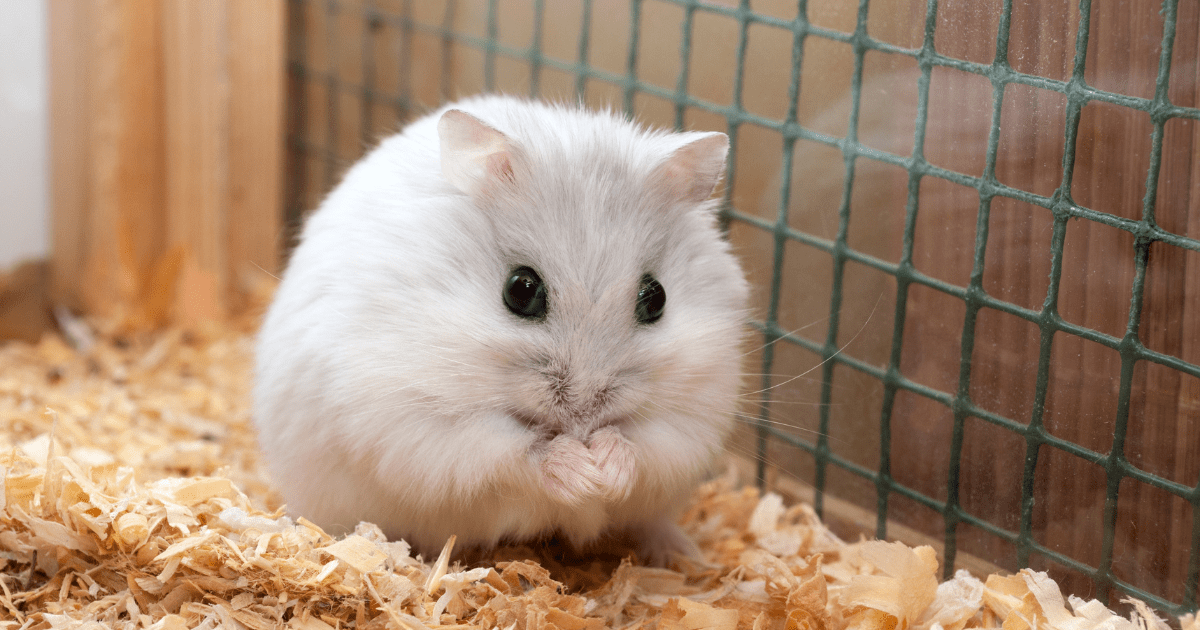
Selecting the right hamster cage is crucial to your hamster’s well-being. Not only does the cage need to be spacious and safe, but it should also be easy to clean and manage.
1. Cage Size Matters: As mentioned earlier, a larger cage is always better. Make sure the cage has enough room for your hamster to exercise and explore. A good rule of thumb is that the cage should be at least 30 inches long and 12 inches wide for a single hamster.
2. Ventilation: Good airflow is important to keep your hamster healthy. Look for a cage that has plenty of ventilation holes or mesh sides. Avoid solid plastic tanks, as they may trap heat and humidity, which can lead to respiratory issues.
3. Escape-Proof Design: Hamsters are excellent escape artists! Make sure the cage has secure doors or a top that cannot be easily pried open. Check for small gaps or areas where the hamster might squeeze through.
4. Easy to Clean: Hamsters tend to be messy, so you’ll need to clean the cage regularly. Look for cages with removable trays or simple designs that allow you to easily access all areas of the cage.
Setting Up the Perfect Habitat: A Beginner’s Hamster Care Guide for Children
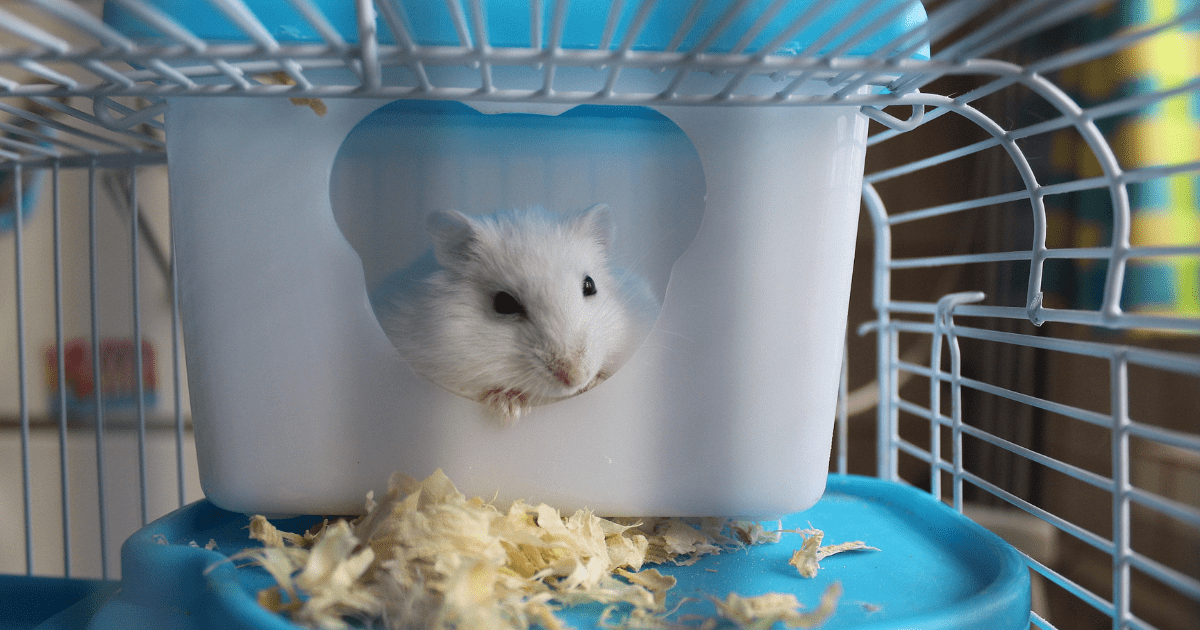
Once you have your cage and supplies, it’s time to set up the perfect habitat for your hamster. Creating an environment that mimics their natural habitat is key to their happiness.
1. Add Bedding for Burrowing: Spread a thick layer of bedding on the bottom of the cage. Hamsters love to burrow, so give them plenty of material to dig through. You can also add extra bedding in certain corners of the cage to make a cozy sleeping area.
2. Create Exercise Spaces: Place the hamster wheel in a central location so your hamster can run whenever they like. You can also add tunnels, tubes, or ramps to encourage your hamster to explore and climb.
3. Food and Water Setup: Place the water bottle in a corner of the cage that’s easily accessible. The food dish should be placed in a clean, dry area to avoid contamination from bedding or water. You can also hide food inside tunnels or toys for added enrichment.
4. Hideaways and Toys: Place a small house or hideaway in the cage where your hamster can retreat for rest. You can add extra items like cardboard boxes, small tubes, or hammocks to keep your hamster entertained and comfortable.
How to Create a Safe and Fun Environment: Hamster Care Guide for Children
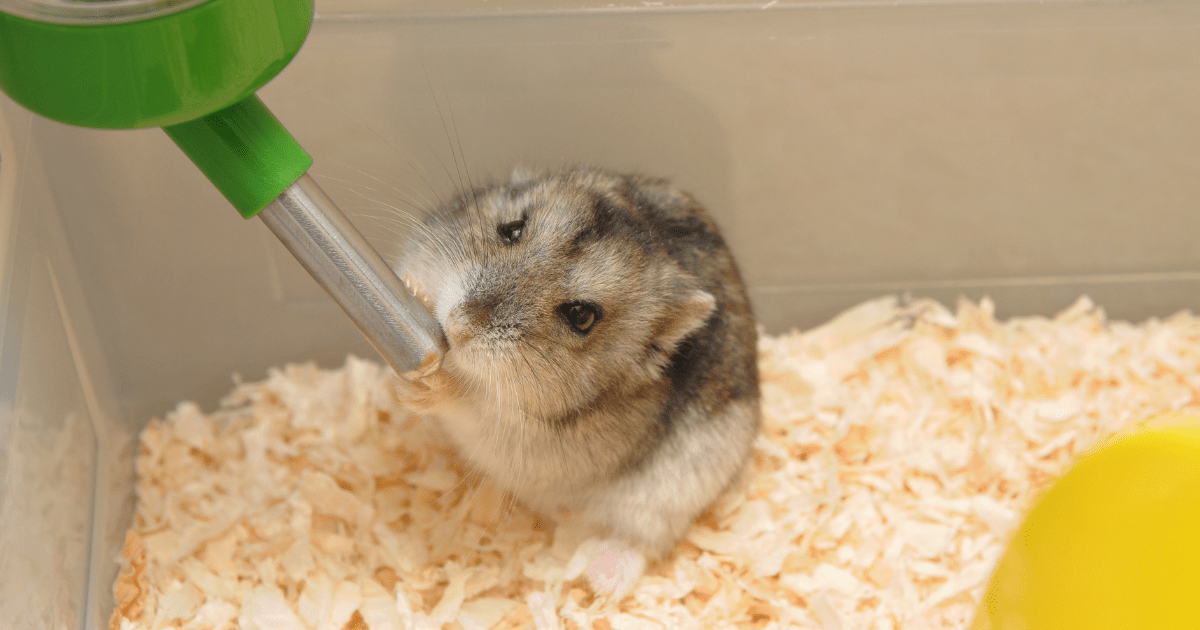
Safety and fun should go hand-in-hand when it comes to hamster care. Here are some tips to make sure your hamster feels at home and your child enjoys taking care of them:
1. Hamster-Proof the Area: When your hamster is outside their cage, make sure the area is safe. Close any doors or windows, and remove any hazards like electrical cords or small objects that could be swallowed.
2. Keep Hamsters Away from Other Pets: If you have other pets, like cats or dogs, make sure they can’t get close to the hamster’s cage. Hamsters can get stressed and scared easily, so it’s important to keep them in a quiet, safe area.
3. Teach Your Kids Proper Handling: Teaching your child how to handle the hamster gently is essential for a positive experience. Show them how to pick up the hamster carefully and explain the importance of respecting the hamster’s space.
Feeding Your Hamster: Easy and Fun Tips from the Hamster Care Guide for Children
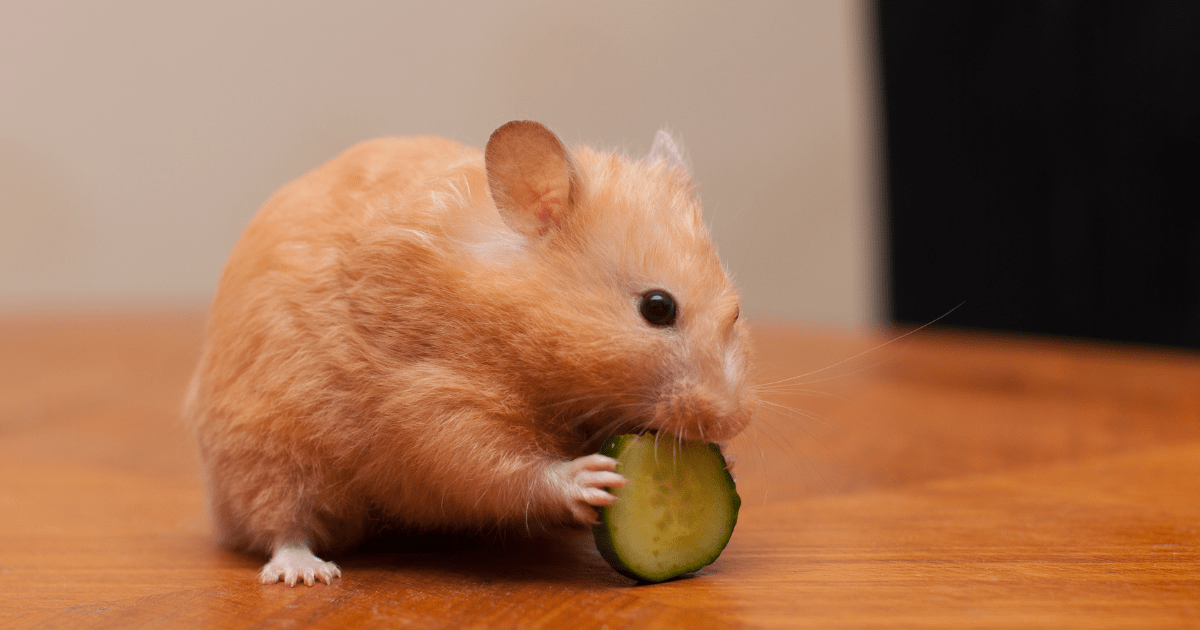
Feeding your hamster can be a fun and educational part of hamster care. Here’s how to keep your hamster healthy and satisfied:
1. A Balanced Diet: Hamsters should be fed a high-quality hamster mix that includes seeds, grains, and dried fruits. This ensures they get a variety of nutrients.
2. Fresh Vegetables: Hamsters can also enjoy fresh veggies like carrots, spinach, and cucumbers. Just make sure to wash everything thoroughly and offer small portions.
3. Healthy Treats: In addition to their regular food, you can treat your hamster to small pieces of fruit, nuts, or even a bit of cooked chicken or boiled egg.
Keeping Your Hamster Healthy and Happy: The Best Practices from a Hamster Care Guide for Children
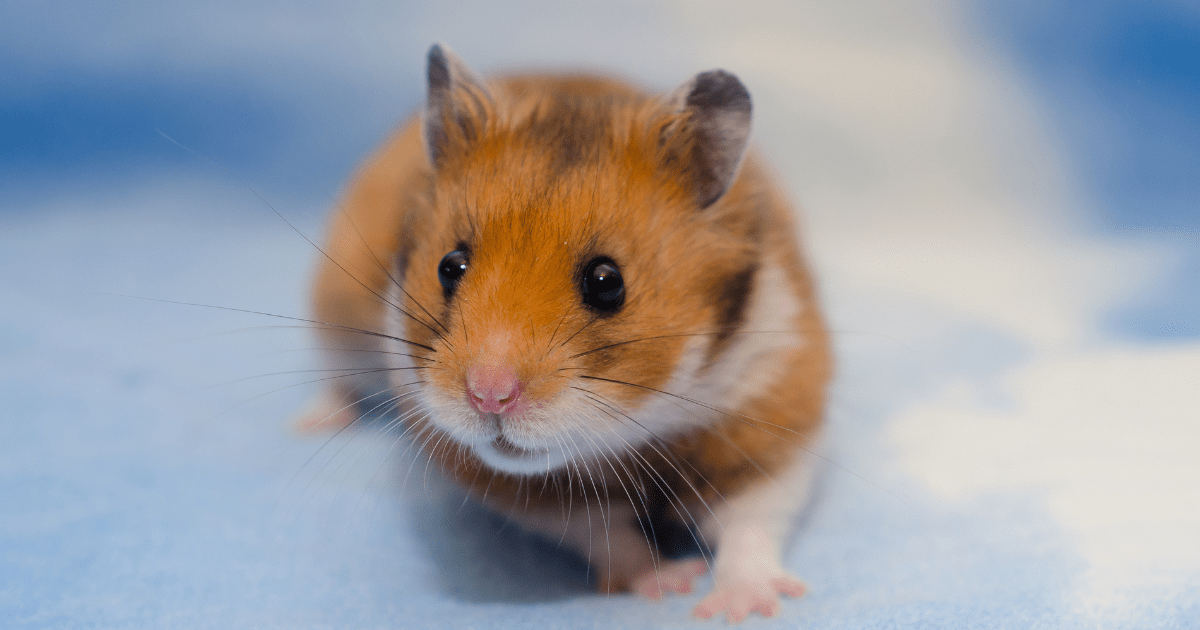
Maintaining your hamster’s health is crucial for ensuring they live a long, happy life.
1.Regular Cleaning: Clean your hamster’s cage once a week by removing dirty bedding and replacing it with fresh material. Spot clean daily by removing uneaten food and waste.
2.Vet Checkups: If you notice any unusual behavior or signs of illness, don’t hesitate to take your hamster to the vet. Regular health checks ensure your hamster remains healthy and happy.
Conclusion
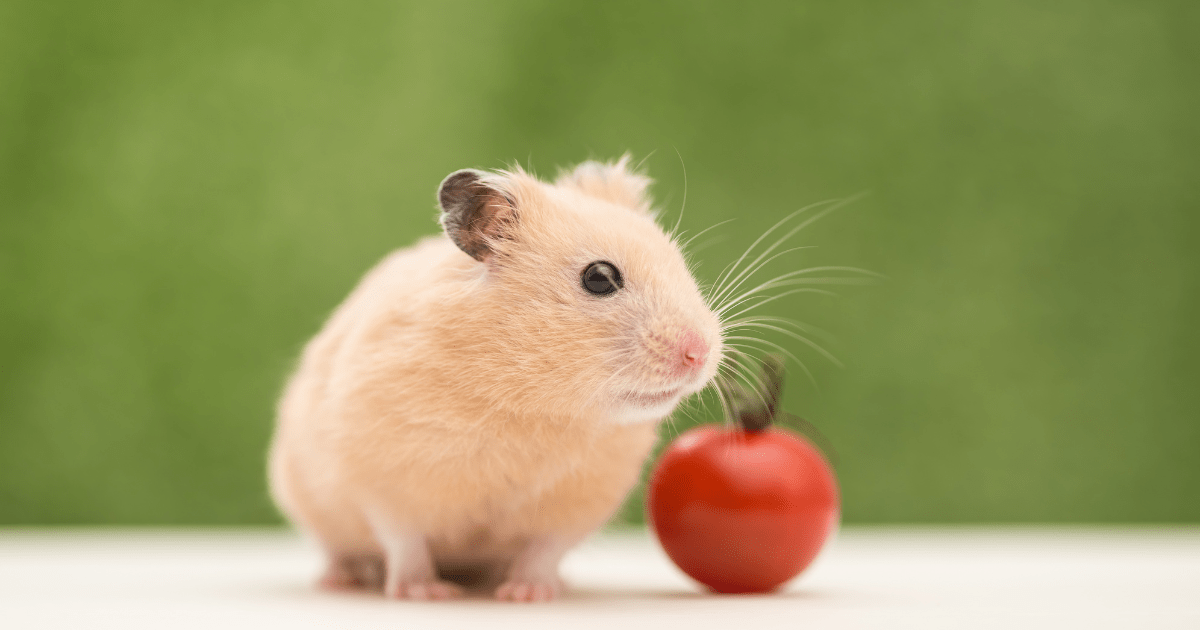
Taking care of a hamster can be a rewarding and fun experience for both kids and parents. With the right supplies, a safe and comfortable habitat, and lots of love, your hamster will thrive. This Hamster Care Guide for Children has given you all the basics you need to set up the perfect home for your new furry friend.
For more information, visit https://thepawshub.com/.
I am extremely impressed along with your writing abilities as smartly as with the format to your blog. Is this a paid topic or did you modify it your self? Anyway stay up the excellent high quality writing, it is rare to see a great blog like this one nowadays!